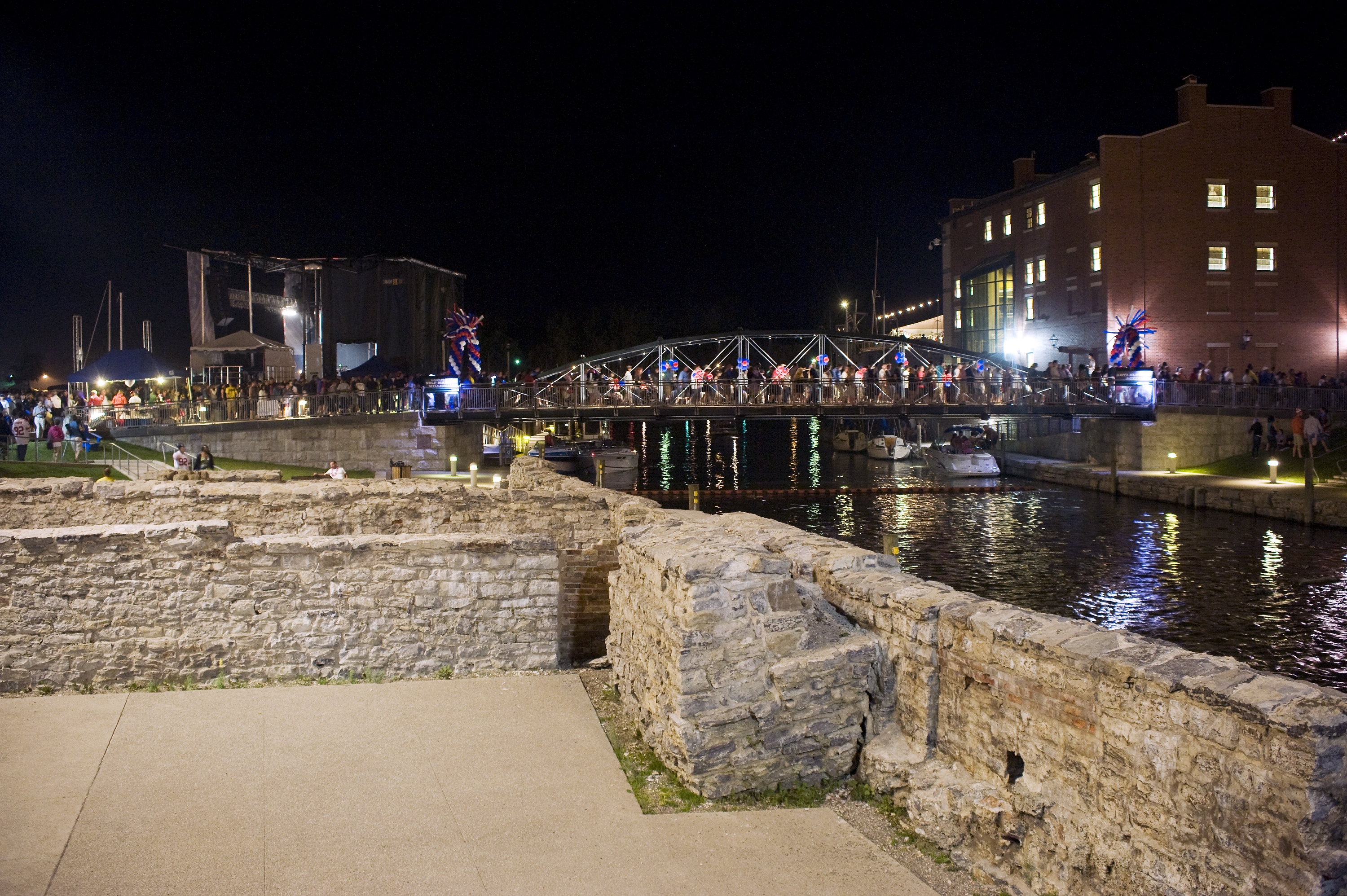
Buffalo is in the midst of a renaissance. Sections of downtown are experiencing significant private reinvestment and the city is implementing both its Green Code, a blueprint for zoning and development in the 21st Century, and its Infrastructure and Public Realm Master Plan. The city has sources of funding in place and is ready to execute aspects of both plans.
Workshop Scope: Buffalo's Lower Main Street
Lower Main Street, including Canalside, is host to much of downtown Buffalo’s new development. The formerly vacant, 38-story Seneca One building is being redeveloped into a mixed-use project featuring 200 apartments, retail, and office space for technology companies, while another project, just five blocks north will fill an existing surface lot at 201 Ellicott Street with a grocery store and 201 apartments. And there is an additional 40-50 acres of vacant land and surface lots in the area are ripe for development.
In the face of changing technology and transportation, the city wants to ensure the investments it makes to support this development can accommodate the mobility solutions of future decades, while at the same time providing an inclusive and vibrant public realm. The public charrette and design workshop will create a policy toolkit and design recommendations for the City of Buffalo to achieve both of these goals for Lower Main Street. Considering different scenarios for the rollout of transportation technology, the workshop will address the following areas:
- Policy: What policies can the city undertake to ensure transportation technology addresses the mobility needs of all its residents? How will technology like autonomous vehicles or e-scooters interact with pre-existing transportation networks such as Main Street’s light rail and policies like Buffalo’s elimination of parking minimums for new developments? How can technologies like dynamic parking pricing encourage new, walkable development consistent with the city’s Green Code and Infrastructure and Public Realm Master Plan?
- Street Design: Based on recommended policies, what physical changes to the streets and areas around Lower Main Street can be made to preserve its downtown character, encourage lively, walkable development, and ensure that they are able to accommodate future transportation trends?
- Land Use: Based on recommended street design and policies, how existing vacant or underutilized land, including areas no longer needed for parking or street right-of-way be used to address resident needs? How can Buffalo tap the potential of shared autonomous mobility to attract people, jobs, and investment to the urban core?
As Buffalo looks to the future, it has a unique opportunity to leverage its existing compact street network to capture the increasing demand for walkable urban places. The redevelopment of downtown effectively offers Buffalo a chance to remake itself as a 21st century city. This workshop offers designs and plans that ensure the investments the city makes will support thriving urbanist communities decades from now.
The latest headlines on the The Future of Mobility: Remaking Buffalo for the 21st Century Workshop:
- "Buffalo explores transportation technology impact on land use and streets", by Rob Steuteville, Public Square (February 5th, 2020)
- "National experts to examine future of transportation in Buffalo", by Jonathan Epstein, The Buffalo News (February 2nd, 2020)
- "Buffalo officials plan for a future where cars drive themselves", by Caitlin Dewey, The Buffalo News (December 3rd, 2019)

The widespread introduction of new transportation technology is coming, and cities can start planning for its arrival now. Autonomous vehicles, advances in micro-mobility such as e-scooters, and dynamic parking pricing will all change the design of cities and how we move about them. We stand now at the cusp of a transportation revolution, one that once again will affect more than how we get around, and has the potential to reshape the way cities operate and look.
Designing for the Future of Mobility in Buffalo
The Congress for the New Urbanism is partnering with the City of Buffalo, Stantec’s Urban Places, and CNU members to explore how current and future land uses, including street design, can accommodate the mobility solutions of future decades, while at the same time providing a vibrant public realm for all Buffalonians. CNU and its partners will host a four-and-a-half day public design workshop and charrette in Buffalo from February 25th through February 29th.
CNU members are invited to join the workshop's sessions, where participants will develop policies and design recommendations that show how Buffalo can adapt its existing streets and public spaces to accommodate these new transportation technologies and increase access to jobs and services for all of its residents. This workshop represents a crucial opportunity for New Urbanists to provide our perspective on how cities should incorporate future mobility solutions.


